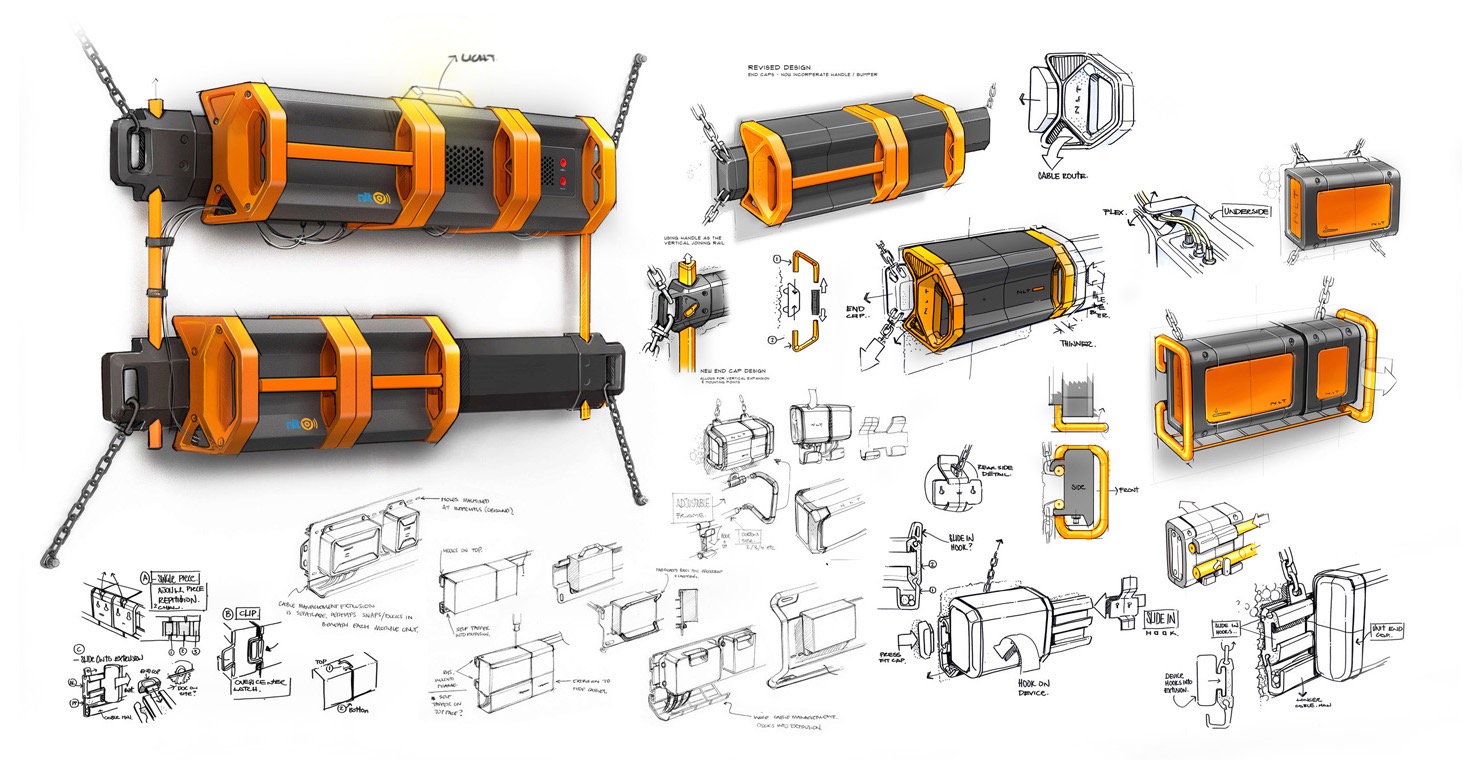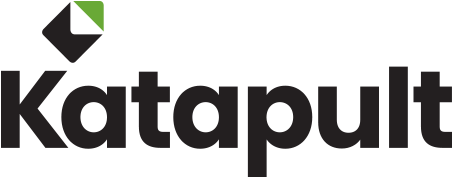
A Nod To Sketching
When people think of industrial design, they invariably imagine beautiful sketches and renders.
Although we spend a huge portion of our time at Katapult on what we call detailed design, slaving over the technical minutiae of how parts fit together, where the part line on a complex injection moulded part should run or how a sliding core could possibly fit under a rib detail to help mould an undercut, we have to confess that we do love the sketching and visualisation side of industrial design.
From the days of the legendary designers like Raymond Loewy, Dieter Rams and Charles and Ray Eames, designers have looked to sketching as the fastest and most effective way to represent our collective ideas. It’s hard to beat the character and spontaneity of a quick sketch to help get an idea across.
Our team use sketches as both an ideation tool (think Pictionary on steroids) and a presentation tool. Within our team, sketching is highly valued. Not all of us are super skilled (although some members of our team are elite), but we all sketch gesturally to help explore topics.
Whilst our concept team produce concept illustrations to drool over, perhaps just as importantly, our technical team are also sketching details everyday. How a snap might work? What does a particular linkage need to look like? How does a button fit into a tight corner of an assembly? These sometimes crude sketches help our team explore ideas in a rapid, leapfrog way that becomes almost infectious. One idea leads to another, then another, rapidly ‘flexing’ in and out, left and right until we find the best path for more detailed investigation.
Beyond the sketch, the most breathtaking change to our industry has been the rise and rise of photo realistic rendering and animation. This ability to quickly visualise compelling images of new design ideas from 3D CAD models has been a game changer for designers and clients alike.
Our rendering specialists can create images that are convincing to the point of being hyper real. We can insert new concepts into scenes, we can explode or fly through assemblies or we can show rapid variations in specific styles and formats. Materials, textures and graphics can be applied, colourways and lighting adjusted, water droplets or mud added. All to add realism and context. Check out these recent visualisations for Vessel here.
Much has been made of the AI revolution and there’s no doubt there’s some profound and super rapid changes coming, but it’s hard to imagine the skill, creativity and considered insights of the designer being made obsolete any time soon.
16th May 2023

